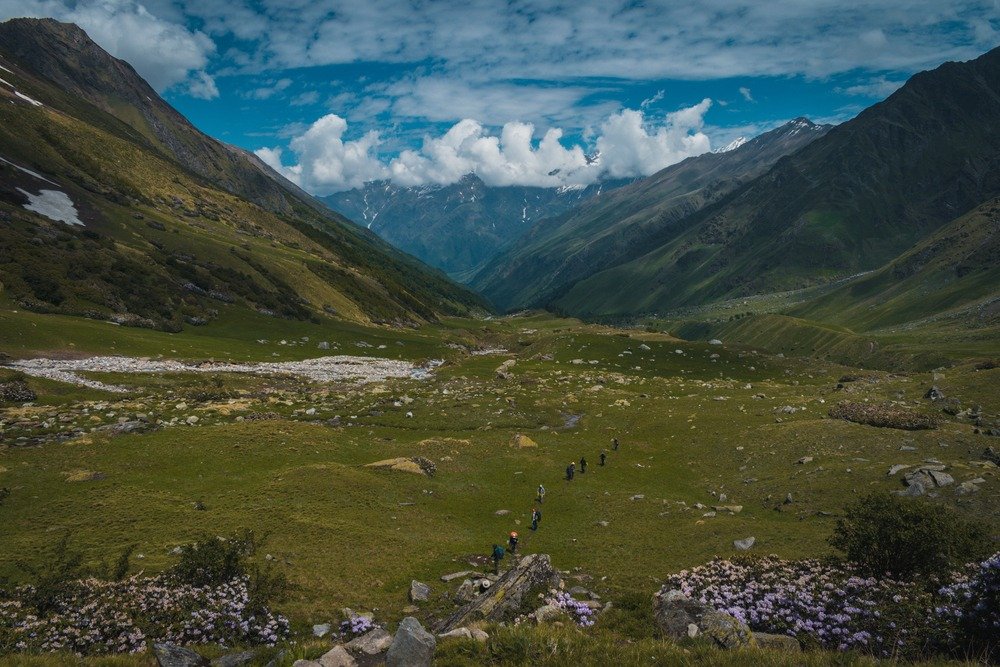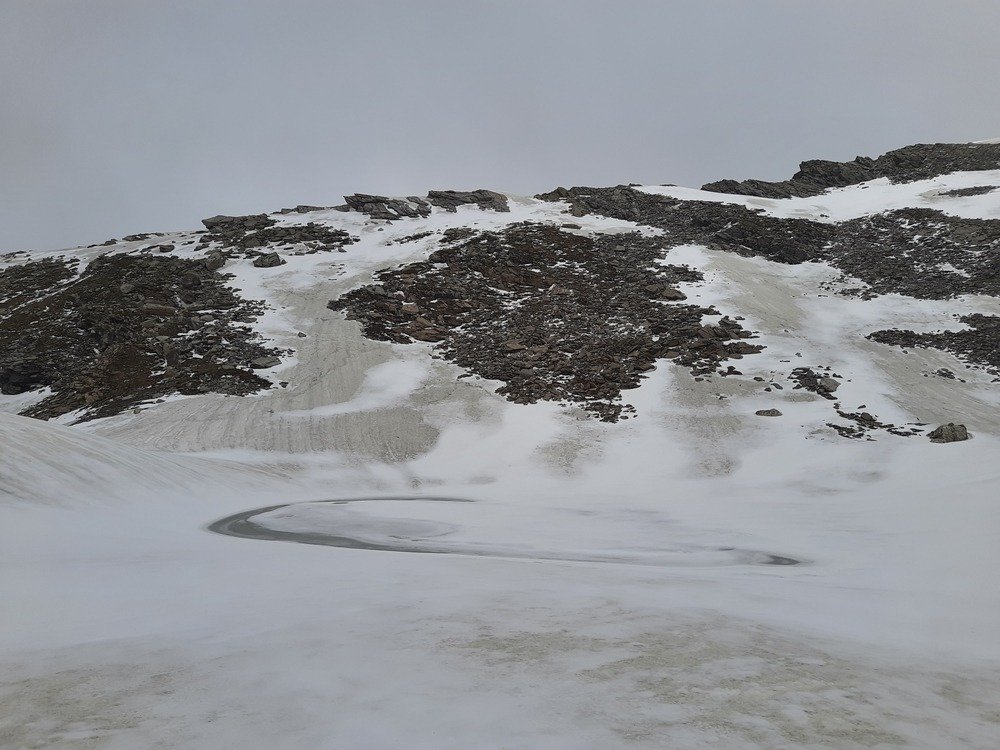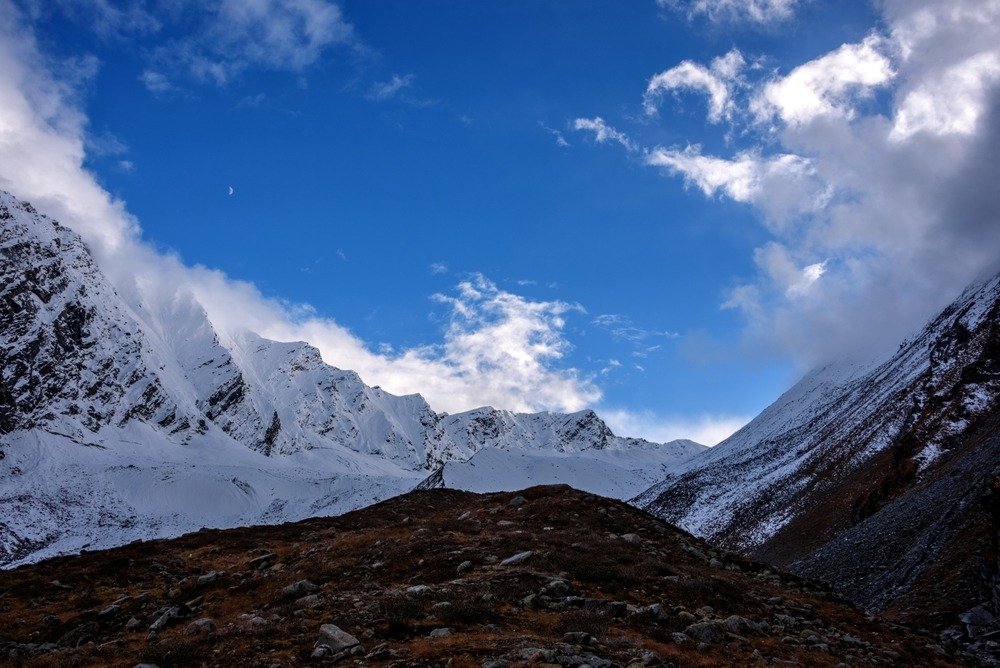Are you craving an adventure that not only exhilarates your senses but also leaves a positive impact on the environment? Look no further than the Bali Pass Trek! In this comprehensive guide, I’ll walk you through every step of planning your eco-friendly expedition through the breathtaking landscapes of Bali Pass. From preparation tips to sustainable practices, get ready to embark on an unforgettable journey while minimizing your carbon footprint.
1. Introduction to Bali Pass Trek
The Bali Pass Trek is not just a hike; it’s an immersive experience that takes me through some of the most pristine landscapes in the Indian Himalayas. Nestled between the Har Ki Dun and Ruinsara valleys, this trek offers a perfect blend of natural beauty and cultural richness. As I traverse through alpine meadows, dense forests, and glacial streams, I’ll witness the mesmerizing charm of the Himalayan wilderness.
The journey begins at Sankri village, a quaint Himalayan hamlet known for its warm hospitality and stunning views of the surrounding peaks. From here, I’ll embark on a multi-day trek that will lead me through ever-changing landscapes, including lush green valleys, towering mountain passes, and remote alpine lakes. Along the way, I’ll encounter diverse flora and fauna, ranging from colorful wildflowers to elusive mountain goats, adding to the enchantment of the trek.
2. Preparing for the Expedition Of Bali Pass Trek

Before embarking on my Bali Pass adventure, proper preparation is key to ensure a safe and enjoyable journey. I start by assessing my fitness level and gradually increasing my stamina through regular exercise. This may include cardio workouts, strength training, and endurance exercises to prepare my body for the physical demands of the trek.
Additionally, I familiarize myself with the route, weather conditions, and necessary permits required for the trek. It’s essential to research the trail beforehand, including any potential hazards or challenges I may encounter along the way. By understanding the terrain and logistics of the trek, I can better prepare myself for the journey ahead.
I also make sure to pack essential items such as clothing, camping gear, first aid supplies, and navigation tools. It’s important to strike a balance between packing light and ensuring that I have everything I need to stay safe and comfortable during the trek. I prioritize lightweight, moisture-wicking clothing that can be layered for changing weather conditions, as well as sturdy hiking boots with good ankle support.
Furthermore, I consider the psychological aspects of the journey and prepare mentally for the challenges ahead. Trekking at high altitudes can be physically demanding and mentally taxing, so I practice mindfulness techniques and positive visualization to stay focused and motivated during the trek. By cultivating a positive mindset and embracing the spirit of adventure, I can overcome obstacles and fully enjoy the experience of trekking in the Himalayas.
If you’re looking for a reputable company to help you organize your Bali Pass Trek adventure, look no further than The Searching Souls. With years of experience in organizing eco-friendly and sustainable treks in the Indian Himalayas, The Searching Souls is committed to providing unforgettable experiences while minimizing environmental impact.
Their team of experienced guides and support staff are dedicated to ensuring your safety and comfort throughout the journey. From providing expert guidance on preparation and gear selection to offering insights into local culture and customs, The Searching Souls goes above and beyond to create meaningful and memorable trekking experiences.
3. Choosing Eco-Friendly Gear
I opt for gear and equipment that prioritize sustainability and durability. This includes selecting items made from recycled materials, ethically sourced fabrics, and eco-friendly manufacturing processes. For example, I choose a backpack made from recycled polyester, a sleeping bag insulated with cruelty-free down, and hiking boots constructed with eco-friendly leather alternatives.
In addition to sustainable materials, I also consider the longevity and versatility of each item. Investing in high-quality gear that will last for multiple treks not only reduces waste but also minimizes my environmental footprint over time. By choosing eco-friendly gear, I can enjoy the benefits of modern outdoor equipment while minimizing my impact on the planet.
I also look for gear that serves multiple purposes to minimize the number of items I need to pack. For example, I may choose a lightweight tent that doubles as a shelter and a sleeping bag that can be used in a variety of temperature ranges. By maximizing the functionality of my gear, I can reduce the overall weight of my pack and minimize my impact on the environment.
Additionally, I prioritize gear that is repairable and easy to maintain, reducing the need for frequent replacements and minimizing waste. By investing in durable, long-lasting gear, I can reduce my environmental footprint and enjoy sustainable adventures in the great outdoors.
4. Understanding Leave No Trace Principles
As a responsible trekker, it’s essential to adhere to the Leave No Trace principles to minimize my impact on the environment. These principles provide guidance on how to enjoy outdoor activities responsibly while protecting natural landscapes for future generations to enjoy.
One of the core principles of Leave No Trace is to properly dispose of waste and minimize pollution. This includes packing out all trash, disposing of waste properly, and avoiding single-use plastics whenever possible. By practicing Leave No Trace, I can help preserve the pristine beauty of the Himalayan wilderness for years to come.
In addition to waste disposal, I also take care to minimize my impact on vegetation and wildlife habitats. This may involve staying on designated trails to prevent soil erosion, respecting wildlife by observing from a distance, and avoiding loud noises or sudden movements that could disturb their natural behavior. By treading lightly and leaving no trace, I can ensure that future generations can enjoy the same natural wonders that I’ve experienced on the trail.
Furthermore, I educate myself about the local ecosystem and cultural heritage to better understand how my actions can impact the environment. By respecting the land and its inhabitants, I can enjoy a deeper connection to nature and contribute to the conservation efforts of the region.
5. Navigating the Trail Responsibly

I stay on designated trails to prevent soil erosion and preserve fragile ecosystems. It’s important to respect trail markers and signage, as veering off the path can cause damage to vegetation and disturb wildlife habitats. By staying on the designated trail, I can minimize my impact on the environment and ensure a safe and enjoyable trekking experience for myself and others.
In addition to following established trails, I also practice responsible navigation techniques to minimize my environmental impact. This may include using maps and compasses to navigate rather than relying solely on GPS devices, which can be unreliable in remote mountainous terrain. By honing my navigation skills and staying aware of my surroundings, I can minimize the risk of getting lost and causing unnecessary damage to the environment.
I also pay attention to the natural features of the landscape, such as rivers, mountains, and landmarks, to help orient myself and navigate effectively. By embracing the art of navigation, I can enhance my outdoor experience and develop a deeper appreciation for the natural world.
6. Supporting Local Communities
I make a positive contribution to the communities along the trekking route by supporting local businesses and initiatives. This may include purchasing handmade crafts, locally-sourced goods, and services offered by indigenous communities. By supporting local economies, I can help create sustainable livelihoods for residents while preserving traditional cultures and heritage.
In addition to economic support, I also strive to engage with local communities in a respectful and culturally sensitive manner. This may involve learning about local customs and traditions, participating in cultural activities, and building meaningful connections with community members. By fostering mutual respect and understanding, I can contribute to positive cross-cultural exchanges and promote sustainable tourism practices in the region.
7. Embracing Sustainable Eating Habits
I pack lightweight, nutritious meals using locally-sourced ingredients to minimize packaging waste. This may include dried fruits, nuts, energy bars, and dehydrated meals that provide essential nutrients and energy for the trek. I also carry reusable containers and utensils to reduce single-use plastics and minimize my environmental footprint on the trail.
In addition to packing my own meals, I also embrace the opportunity to explore local cuisine and support small-scale food producers along the trekking route. This may involve visiting local markets, sampling traditional dishes, and dining at family-owned restaurants or tea houses. By embracing sustainable eating habits, I can enjoy delicious and nutritious meals while minimizing my impact on the environment.
Furthermore, I practice mindful eating and avoid overconsumption of resources by planning my meals and snacks strategically. By optimizing my food choices and minimizing waste, I can reduce my environmental footprint and enjoy sustainable nourishment during the trek.
8. Respecting Wildlife and Nature

I observe wildlife from a distance, refraining from feeding or approaching animals. It’s important to respect the natural behavior of wildlife and avoid causing unnecessary stress or disturbance. By maintaining a respectful distance, I can safely observe wildlife in their natural habitat without disrupting their routines or behaviors.
In addition to wildlife, I also respect the flora and fauna of the Himalayan ecosystem. This includes refraining from picking flowers, damaging vegetation, or disturbing nesting sites. By treading lightly and leaving nature undisturbed, I can help preserve the delicate balance of the ecosystem and protect the biodiversity of the region.
Furthermore, I educate myself about the local wildlife and their habitats to better understand how to interact responsibly with the natural world. By respecting the land and its inhabitants, I can enjoy a deeper connection to nature and foster a sense of stewardship for the environment.
9. Practicing Water Conservation
I conserve water by using it sparingly for cooking, cleaning, and personal hygiene. This may involve using water purification methods such as filtration or boiling to ensure safe drinking water without relying on single-use plastic bottles. By minimizing my water usage, I can reduce my environmental impact and ensure a sustainable water supply for myself and others along the trekking route.
In addition to conserving water, I also strive to minimize pollution and contamination of water sources. This may include avoiding the use of soaps or detergents in natural water bodies, disposing of waste properly, and refraining from contaminating drinking water sources with food scraps or debris. By practicing water conservation, I can help protect the purity and integrity of the Himalayan waterways for future generations to enjoy.
Furthermore, I actively seek out opportunities to replenish water sources and leave them cleaner than I found them. By participating in clean-up efforts and educating others about the importance of water conservation, I can help preserve the natural beauty of the Himalayan landscape for generations to come.
10. Leaving a Lasting Impact

I reflect on my trip and the lessons I’ve learnt along the way. I share my experiences with others and advocate for sustainable travel practices. By raising awareness and promoting responsible tourism, I can inspire others to tread lightly on the Earth and minimize their environmental impact while exploring the wonders of the natural world.
In addition to personal actions, I also seek opportunities to contribute to conservation efforts and community development projects in the region. This may involve volunteering with local organizations, participating in clean-up initiatives, or supporting environmental education programs. By leaving a lasting impact, I can help preserve the beauty and biodiversity of the Himalayan wilderness for generations to come.
Frequently Asked Questions (FAQs)
1. What is the best time to trek to Bali Pass?
The optimum months to hike to Bali Pass are from May to June in the summer and September to October after the rainy season. These periods offer clear skies, pleasant temperatures, and minimal risk of rainfall or snowfall.
2. Are permits required for the Bali Pass Trek?
Yes, permits are required for the Bali Pass Trek, which can be obtained from the local forest department or authorized trekking agencies. These permits help regulate visitor traffic, ensure safety, and contribute to conservation efforts in the region.
3. Is the Bali Pass Trek suitable for beginners?
While the Bali Pass Trek is known for its stunning scenery, it can be challenging for beginners due to its high altitude and rugged terrain. Prior trekking experience and good physical fitness are recommended to fully enjoy this expedition.
4. What safety precautions should I take during the trek?
It’s essential to acclimatize properly to the altitude, stay hydrated, and watch for signs of altitude sickness. Carry essential safety gear such as a first aid kit, navigation tools, and emergency communication devices. Always trek with a trained guide or experienced trekking group for added safety.
5. How can I minimize my environmental impact while trekking?
You can minimize your environmental impact by following Leave No Trace principles, using eco-friendly gear, supporting local communities, and practicing sustainable habits such as waste reduction and water conservation. By adopting responsible trekking practices, you can enjoy the beauty of Bali Pass while preserving it for future generations.
Explore More Trek Topics Like – What Makes Tarsar Marsar Trek a Must-Do for Outdoor Enthusiasts

